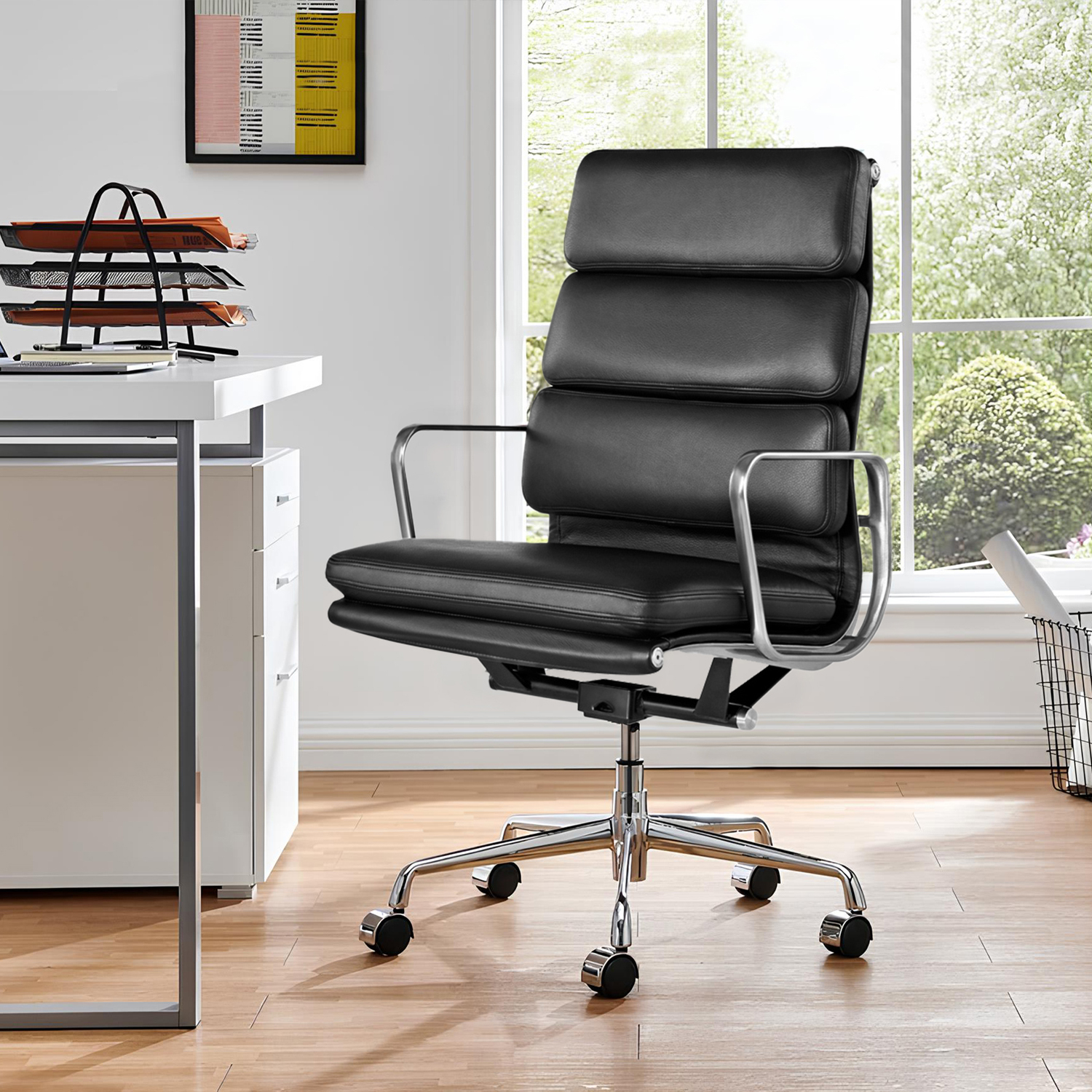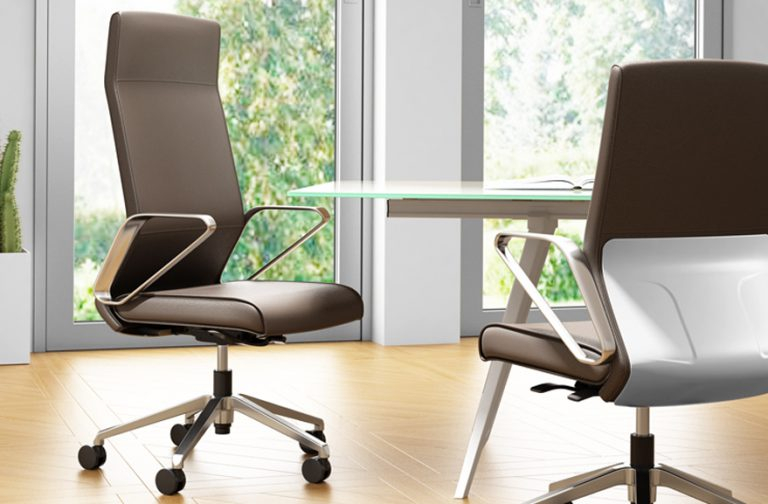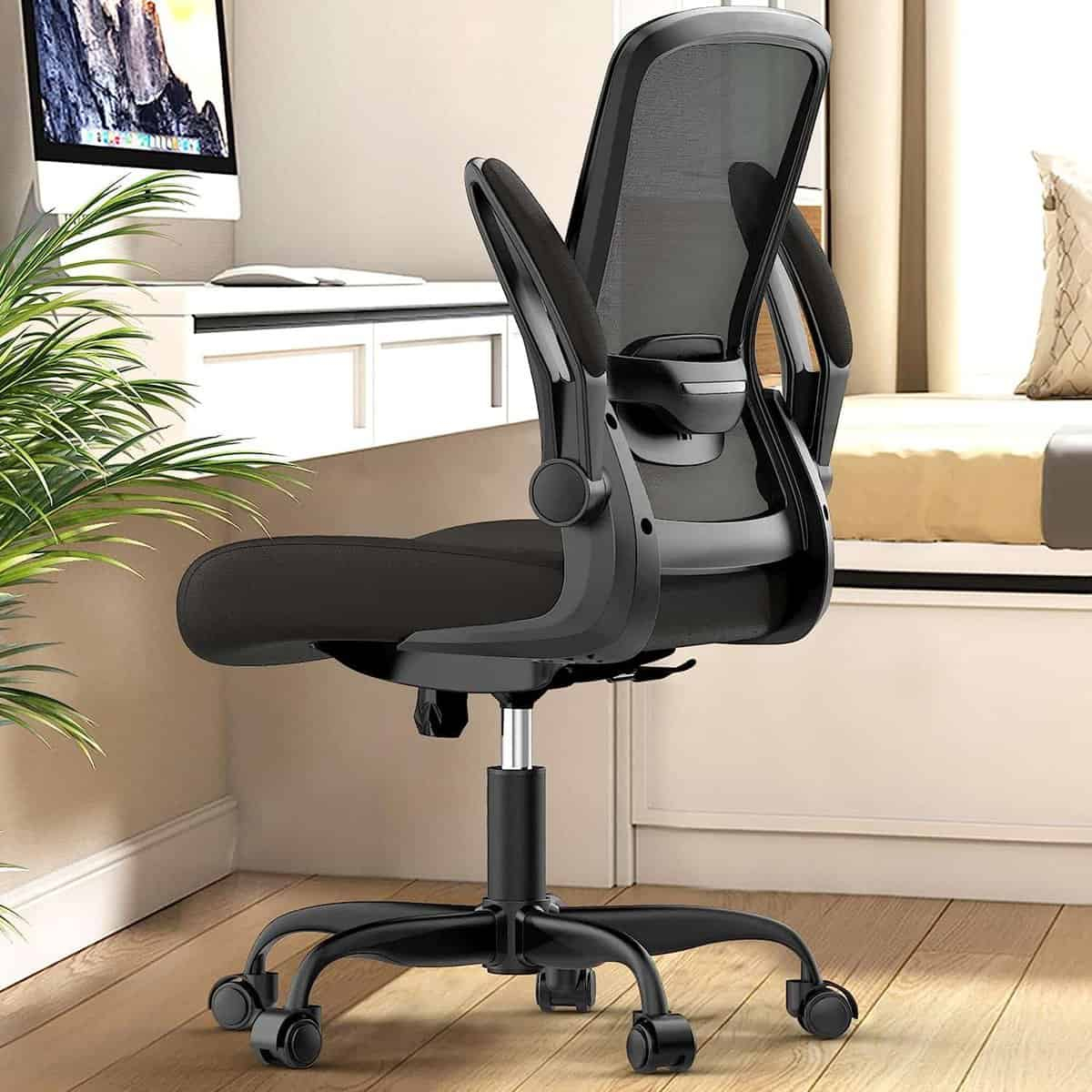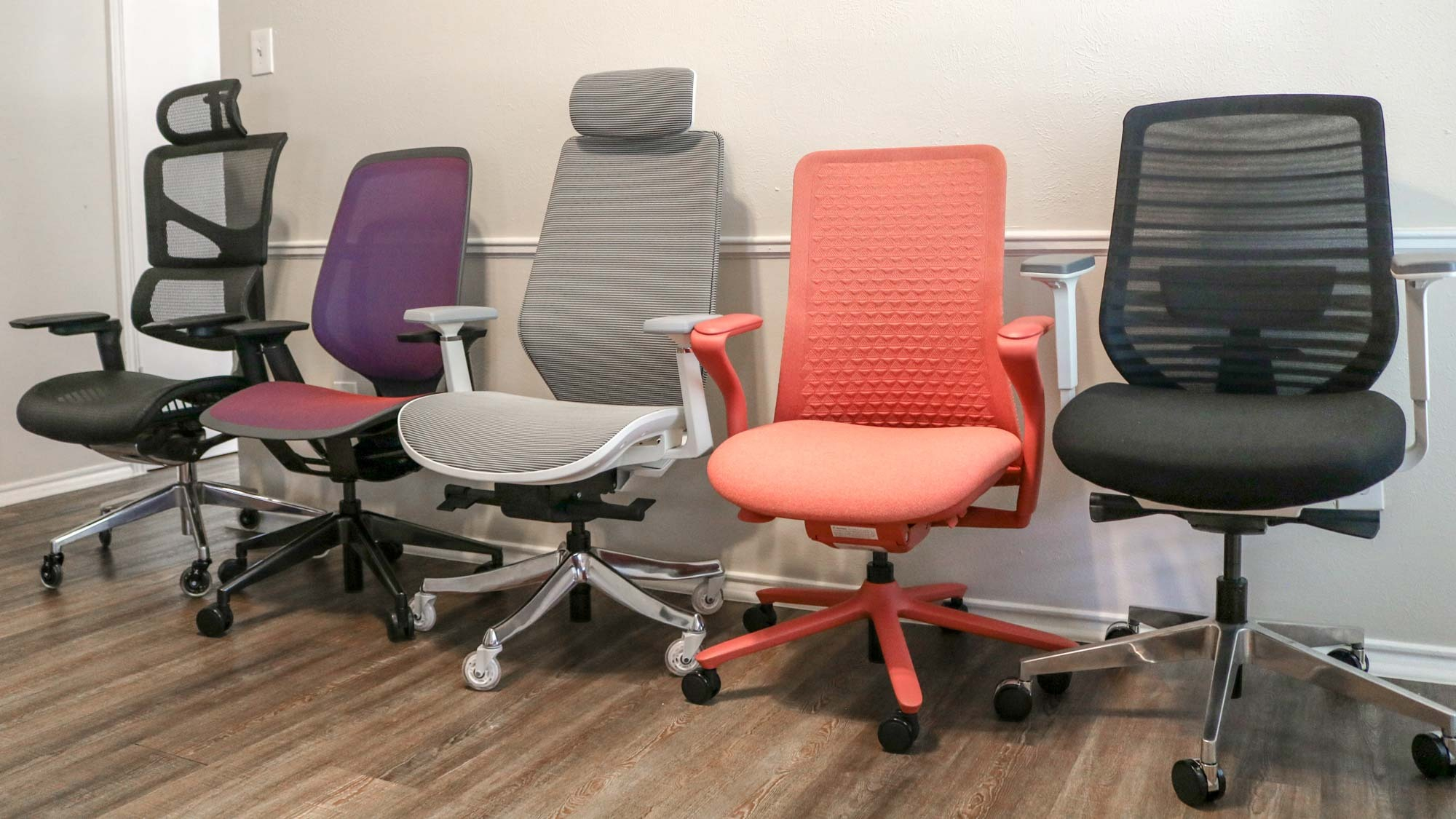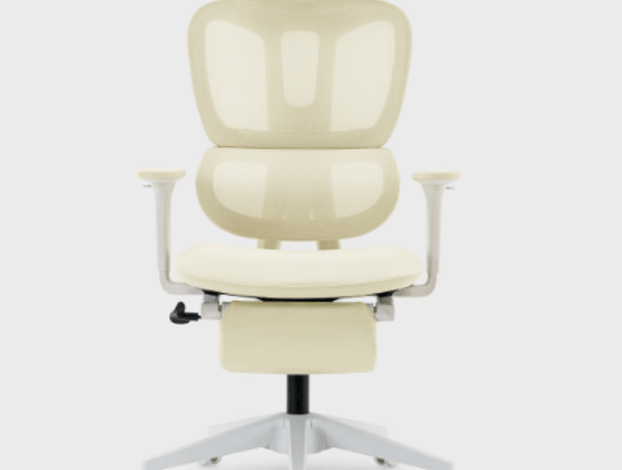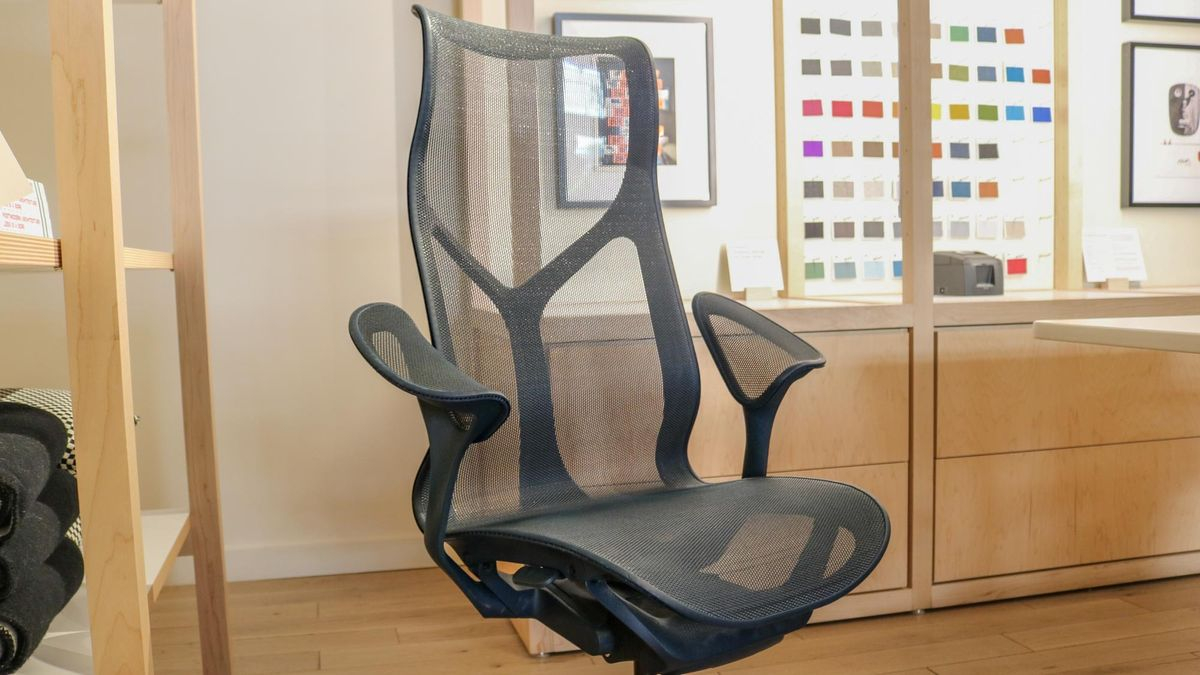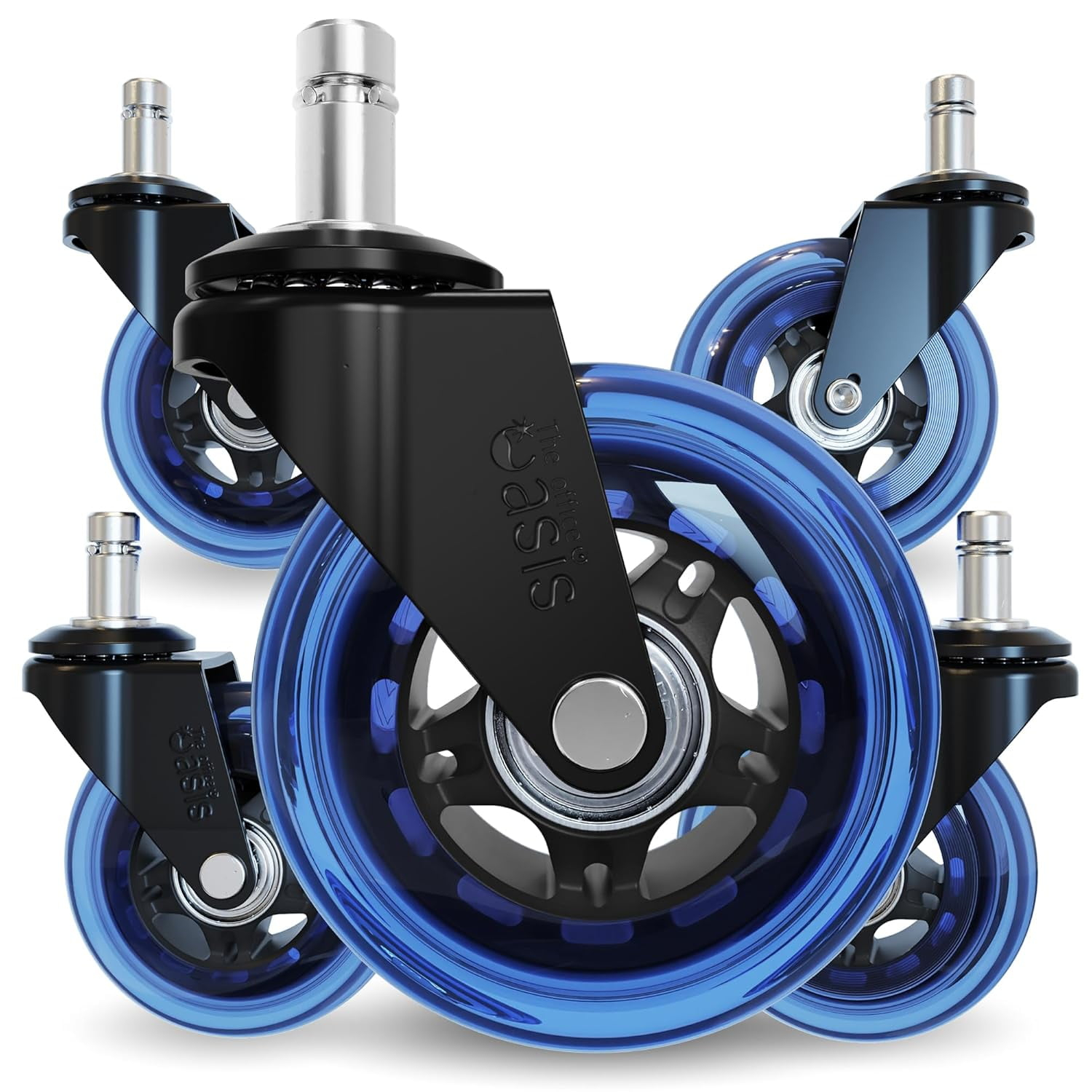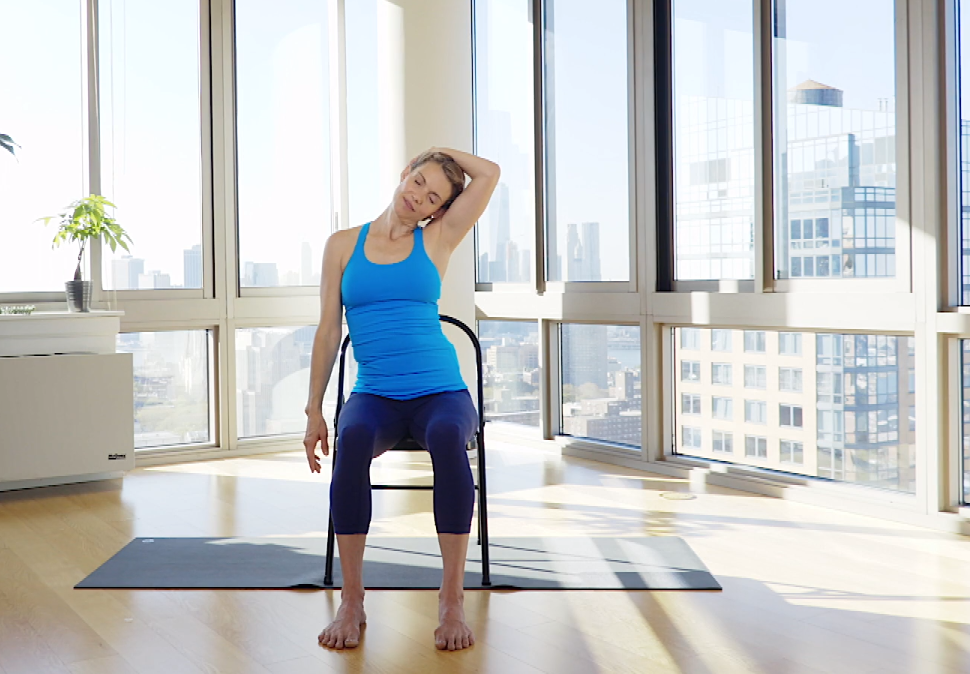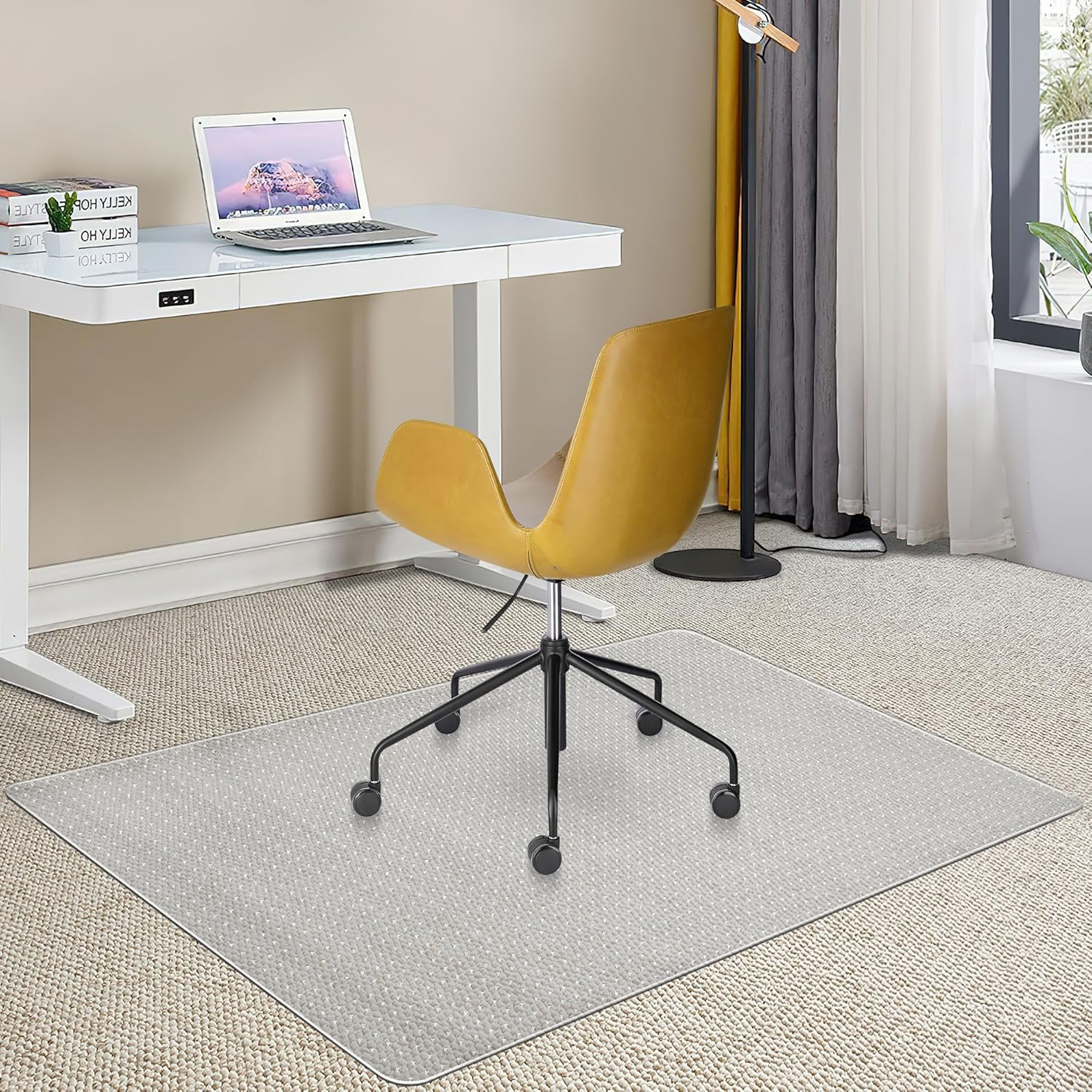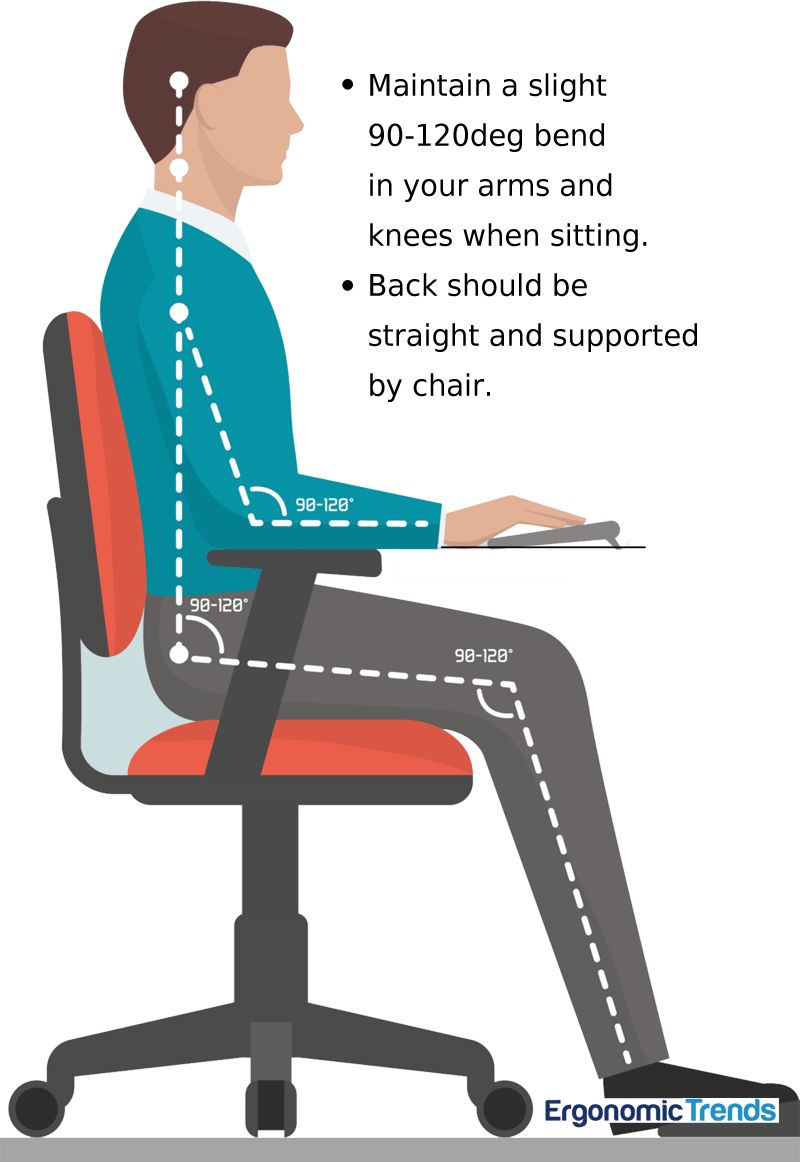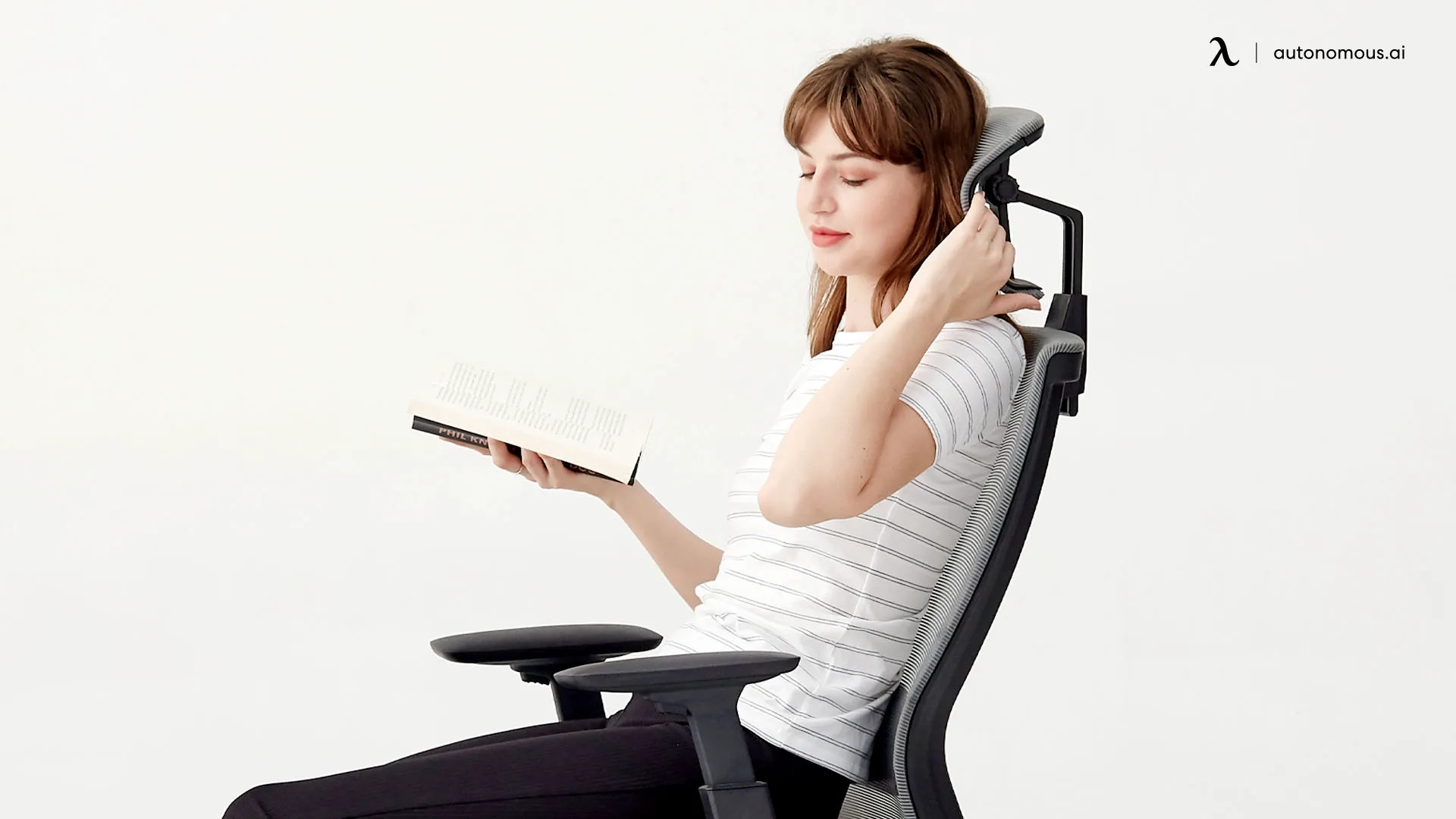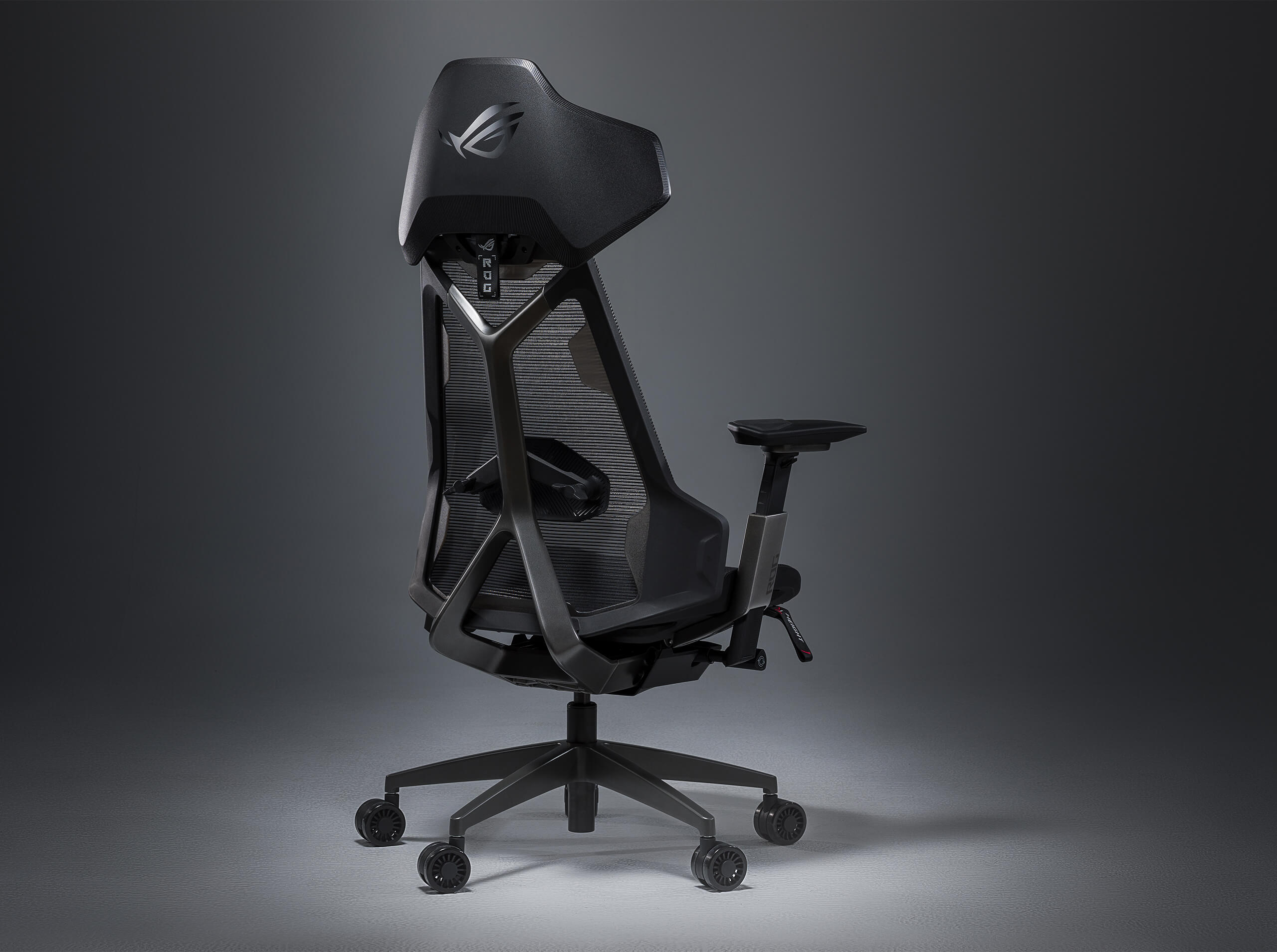Ever felt that nagging ache in your back after a long day of work? Or perhaps you’ve found yourself shifting uncomfortably, unable to fully focus on the task at hand? We often overlook the most fundamental piece of equipment in our professional lives: the chair we sit in. But what if I told you that the right chair isn’t just furniture; it’s a powerful tool that can dramatically enhance both your comfort and your performance? Let’s explore the often-underestimated ‘Executive Chair Advantage’.
In the pursuit of peak professional performance, we invest in the latest technology, cutting-edge software, and continuous learning. Yet, the humble office chair frequently gets a raw deal. We might opt for the cheapest option, or simply stick with what came with the desk. This is a missed opportunity, a significant oversight if you ask me. The chair you inhabit for hours on end is directly linked to your physical well-being and your mental acuity. It’s time we started viewing our seating not as an afterthought, but as a crucial component of our success. Think of it – you spend a substantial portion of your waking hours in this chair. Shouldn’t it be designed to support you, rather than hinder you?
The Ergonomic Imperative: Why Your Body Will Thank You
Let’s get down to brass tacks. The primary benefit of an executive chair, especially a well-designed one, is its ergonomic support. This isn’t just a fancy buzzword; it’s about designing furniture that works with your body. Think about it: your spine has a natural ‘S’ curve. A good ergonomic chair will help maintain that curve, offering lumbar support that cradles the lower back. This prevents slouching, which can lead to muscle strain and long-term spinal issues. Adjustable features are key here. You want a chair where you can control the seat height, armrest position, backrest angle, and even the depth of the seat. This customization ensures the chair fits you, not the other way around. For instance, proper seat height allows your feet to rest flat on the floor, with your knees at about a 90-degree angle. This promotes good circulation and reduces pressure on your thighs. Without these adjustments, you’re just making do, and your body pays the price.
Boosting Productivity: Comfort Fuels Focus
It’s a simple equation, really: discomfort leads to distraction. When you’re constantly fidgeting, trying to find a comfortable position, or dealing with an aching back, your concentration inevitably suffers. A high-quality executive chair minimizes these physical distractions. When you’re comfortable and properly supported, your mind is free to focus on the work itself. Imagine tackling a complex project or engaging in a critical client call without the nagging sensation of an uncomfortable seat. That freedom allows for deeper concentration, more creative thinking, and ultimately, a more productive workday. Studies have shown that employees who are comfortable at their workstations report higher levels of job satisfaction and are more engaged in their tasks. It’s not magic; it’s the power of removing physical barriers to your mental performance.
Beyond the Basics: Features That Make a Difference
So, what exactly separates an exceptional executive chair from a mediocre one? Beyond the core ergonomic principles, several features can elevate your seating experience. Look for chairs with breathable materials, like mesh or high-quality fabric, especially if you tend to get warm. This prevents that sticky, uncomfortable feeling. High-density foam cushioning offers superior support and durability, resisting the ‘bottoming out’ sensation that can occur with cheaper chairs. Advanced tilt mechanisms, allowing you to recline and lock the backrest at various angles, are also a big plus. These enable you to change your posture throughout the day, which is crucial for preventing stiffness. And don’t forget the armrests. They should be adjustable not just in height, but ideally in width and pivot, so your arms can rest naturally without shrugging your shoulders. A headrest can also be a game-changer for neck support during extended periods of sitting.
The Long-Term Investment: Health and Well-being
Investing in a good executive chair is, in many ways, an investment in your long-term health. Think about the cumulative effect of poor posture and discomfort over months and years. It can contribute to chronic back pain, neck strain, and even headaches. By choosing a chair that promotes proper alignment and provides ample support, you’re actively mitigating these risks. It’s about proactive self-care within your professional environment. Consider the cost of physical therapy or lost workdays due to pain. When you frame it that way, the upfront cost of a premium chair often becomes a sensible financial decision, not just a luxury purchase. It’s a commitment to your own physical well-being, which is, after all, the foundation for sustained professional success.
Making the Right Choice: What to Look For
When you’re in the market for a new executive chair, don’t be afraid to test drive. Sit in it for a good few minutes. Does it feel supportive? Can you easily adjust the features? Here’s a quick checklist:
- Adjustable Lumbar Support: Can you fine-tune the lower back support?
- Seat Height Adjustment: Does it allow your feet to rest flat with knees at 90 degrees?
- Armrest Adjustability: Can you position them so your shoulders are relaxed?
- Seat Depth Adjustment: Is there enough room between the seat edge and the back of your knees?
- Backrest Recline and Tilt Lock: Can you lean back comfortably and lock it in place?
- Material and Cushioning: Is it breathable and comfortable for long periods?
- Build Quality: Does it feel sturdy and well-made?
Reading reviews and understanding the warranty can also offer valuable insights into a chair’s durability and the manufacturer’s commitment to quality.
Beyond the Chair: Complementary Habits
While a great executive chair is a fantastic starting point, remember that it’s part of a larger picture of healthy work habits. Even the best chair can’t fully compensate for sitting rigidly for eight hours straight. It’s essential to incorporate movement into your day. Take short breaks every 30-60 minutes to stand up, stretch, or walk around. Alternate your sitting posture if your chair allows for it. Consider using a standing desk converter to switch between sitting and standing. Hydration and regular exercise outside of work also play a significant role in maintaining good physical health and combating the effects of prolonged sitting. Think of your executive chair as your trusted ally in the fight for comfort and productivity, but don’t forget to actively participate in your own well-being.
So, there you have it. The executive chair advantage is real, and it’s profoundly impactful. It’s about more than just aesthetics; it’s about creating a workspace that actively supports your physical health, sharpens your mental focus, and ultimately, unlocks your full professional potential. By understanding the importance of ergonomics and seeking out chairs with the right features, you’re making a smart investment in yourself. Don’t underestimate the power of where you sit. Your body, your mind, and your productivity will undoubtedly thank you for it. Make the switch, feel the difference, and elevate your workday.


